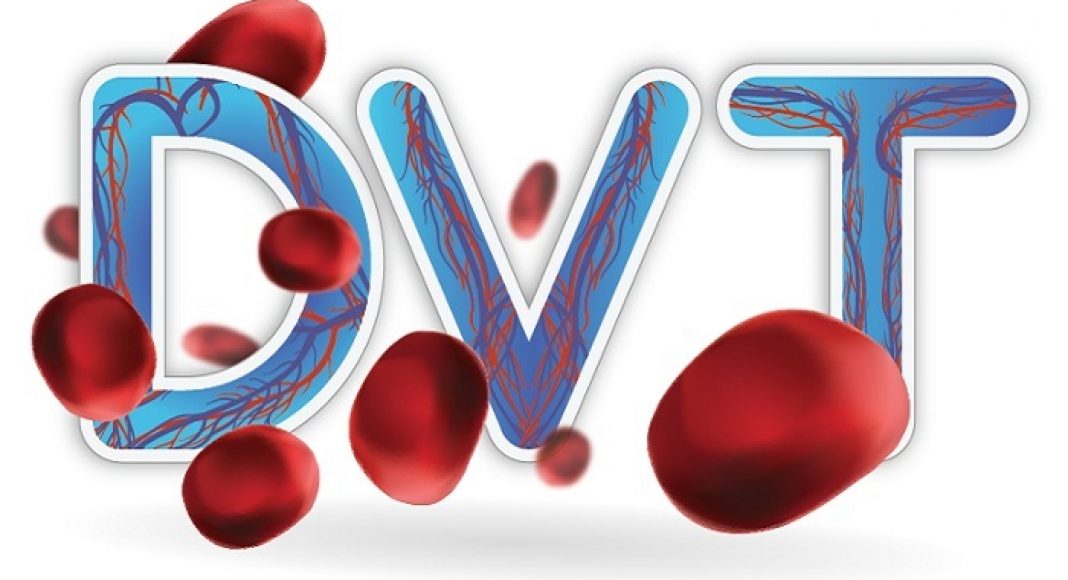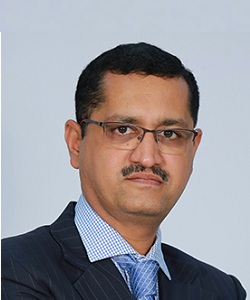Human body has two types of blood channels. Arteries are the blood channels which take oxygenated blood from heart to different body parts and Veins take the used, deoxygenated blood back from different parts of body to heart.
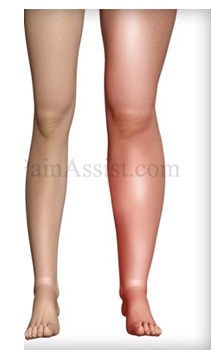 The flow of blood in the arterial system is facilitated by Heart pump with pressure; the same is not there for venous blood flow. However there are ingenious mechanisms by which the Venous returns back to heart through venous channels. The Limb Muscle pumps and Valves in the Veins play a pivotal role in this process. Humans’ being bipedal animal’s gravity plays a negative role in venous blood flow.
The flow of blood in the arterial system is facilitated by Heart pump with pressure; the same is not there for venous blood flow. However there are ingenious mechanisms by which the Venous returns back to heart through venous channels. The Limb Muscle pumps and Valves in the Veins play a pivotal role in this process. Humans’ being bipedal animal’s gravity plays a negative role in venous blood flow.
Clotting of blood in the Venous channels can lead to blockage of the flow. If this happens in deeper veins of the body parts it is called Deep Venous thrombosis (can happen in Upper limbs and Lower limbs). The effect of Deep Venous thrombosis (DVT) is venous return is blocked and the limb will swell with venous blood. The same clots can slowly travel to right side chambers of Heart and from there to Lungs and this condition is called Pulmonary Embolism (PE). If a very big clot goes and fills the main pulmonary artery it is called Massive PE and can be very fatal and one of the very common cause of sudden death.
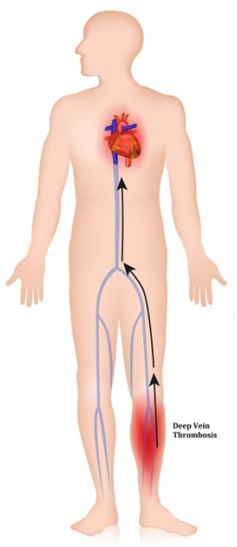 In Indian scenario the causes for DVT in majority cases are very simple like Fever, Accidents with fractures in Limbs and needing Immobilization, Paralysis, Episodes of Loose motions and vomiting, Excessive work in Hot environment, continuous long journeys and Pregnancy- the common factor in all the above cases are dehydration and immobility and to some extent pressure on Veins. In minority of cases People do have tendency to form more clots both by genetical composition and environmental influences like smoking. Very rarely DVT can be a presentation of Cancers.
In Indian scenario the causes for DVT in majority cases are very simple like Fever, Accidents with fractures in Limbs and needing Immobilization, Paralysis, Episodes of Loose motions and vomiting, Excessive work in Hot environment, continuous long journeys and Pregnancy- the common factor in all the above cases are dehydration and immobility and to some extent pressure on Veins. In minority of cases People do have tendency to form more clots both by genetical composition and environmental influences like smoking. Very rarely DVT can be a presentation of Cancers.
The common symptoms of limb DVT is swelling with discomfort, redness and low grade fever. Sometimes the leg swelling can be very tight and intensely painful. Shortness of Breath, Palpitations and sweating could hint some of the clots might have travelled to Heart and lungs. Unfortunately some patients come with Massive Pulmonary Embolism which can be fatal.
Once the clots form in venous channels this can slowly increase in size as the stasis in venous blood flow promotes further thrombosis and as mentioned above can travel towards heart.
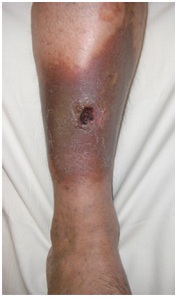 The longer the clot stays in venous channels it damages the valves inside veins leading to both structural and functional failure of venous blood return. This particular scenario can leave a patient with a permanent irreversible swollen limb with hardened discolored skin and Ulcers, in particular around ankle and lower legs.
The longer the clot stays in venous channels it damages the valves inside veins leading to both structural and functional failure of venous blood return. This particular scenario can leave a patient with a permanent irreversible swollen limb with hardened discolored skin and Ulcers, in particular around ankle and lower legs.
This condition is called post DVT syndrome (Post thrombosis Syndrome PTS). PTS can be crippling and functionally impair many people and unfortunately with discolored and ulcerated legs will be a social problem to many people. Consulting a Vein Specialist in Naples early on can help prevent these complications and provide guidance on treatment options before symptoms progress.
When a patient presents with DVT the immediate goal of the doctor is to reduce the risk of Massive Pulmonary embolism, attend to immediate lower limb symptoms and aim to prevent long term complications like PTS and evaluate patient to identify any factors which causes re occurrence of the problem.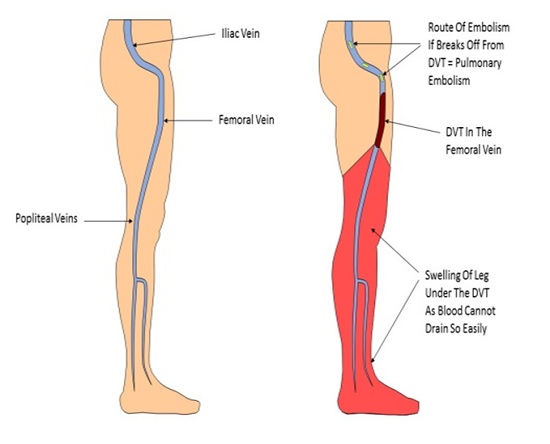 This particular problem can happen in many diverse varieties of patients and almost all specialties across medical field will have to recognize that there are preventive strategies for onset of DVT and immediate and long term implications and try as much as to reduce these dreadful problems.
This particular problem can happen in many diverse varieties of patients and almost all specialties across medical field will have to recognize that there are preventive strategies for onset of DVT and immediate and long term implications and try as much as to reduce these dreadful problems.


















